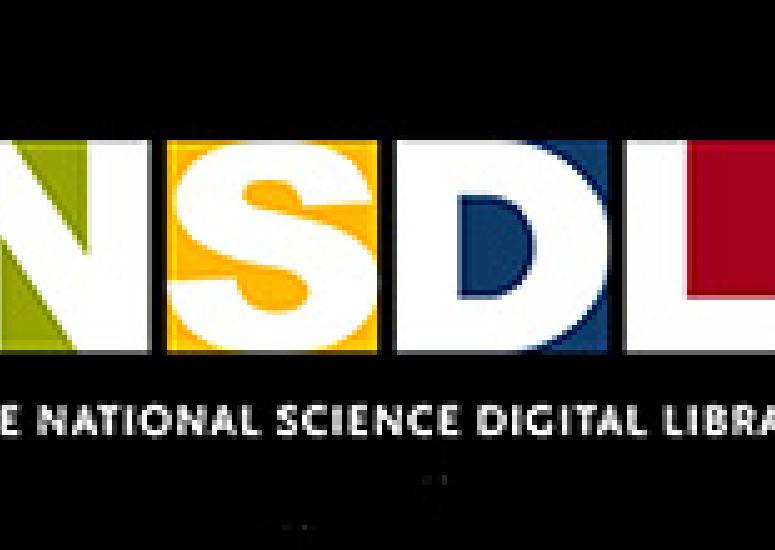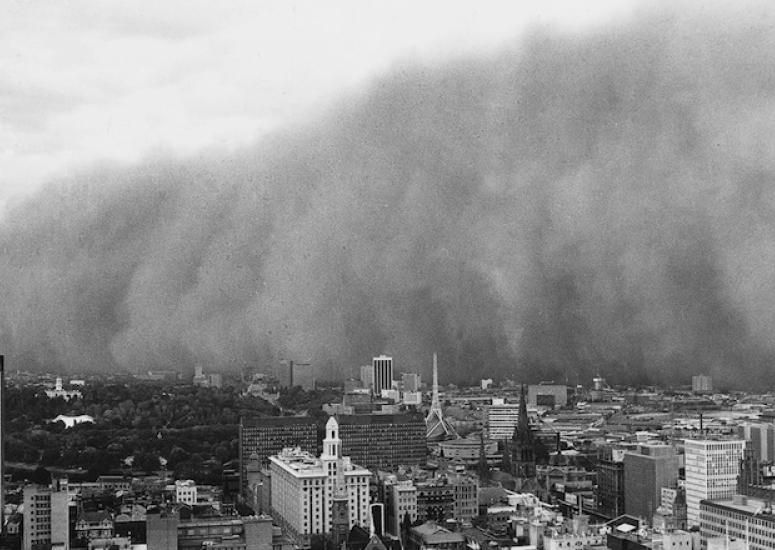-
![By Jenny Varley (IMG_1340) [CC BY-SA 2.0 (http://creativecommons.org/licenses/by-sa/2.0)], via Wikimedia Commons](https://news.ucar.edu/sites/default/files/styles/large_news_feed/public/images/2014/atmosnews/brief/emperor_penguins_snow_hill_wikimedia.jpg?itok=7rtTxyOj)
Ten top stories of 2014
We've assembled 10 of the most popular stories on AtmosNews from the last 12 months.
-

ISKME to manage National Science Digital Library
The Institute for the Study of Knowledge Management in Education will ensure the long-term sustainability of NSDL.
- Education + Outreach
-

Greenhouse gases linked to past African rainfall
New research demonstrates that an increase in greenhouse gas concentrations thousands of years ago was a key factor in causing substantially more rainfall in two major regions of Africa.
- Climate
-
El Niño, La Niña & ENSO FAQ
Find answers to questions about these atmospheric patterns, which play a key role in year-to-year weather and climate variation around the world.
- Climate
-

Here comes El Niño—but what exactly is it?
An introduction to El Niño, La Niña, what we've learned about them — and where research is headed next.
- Climate
